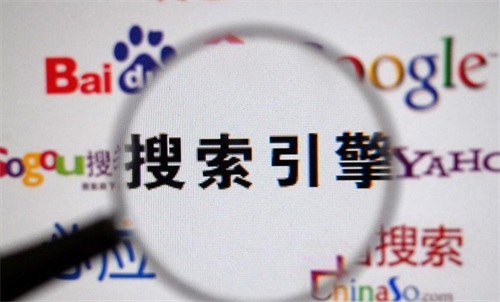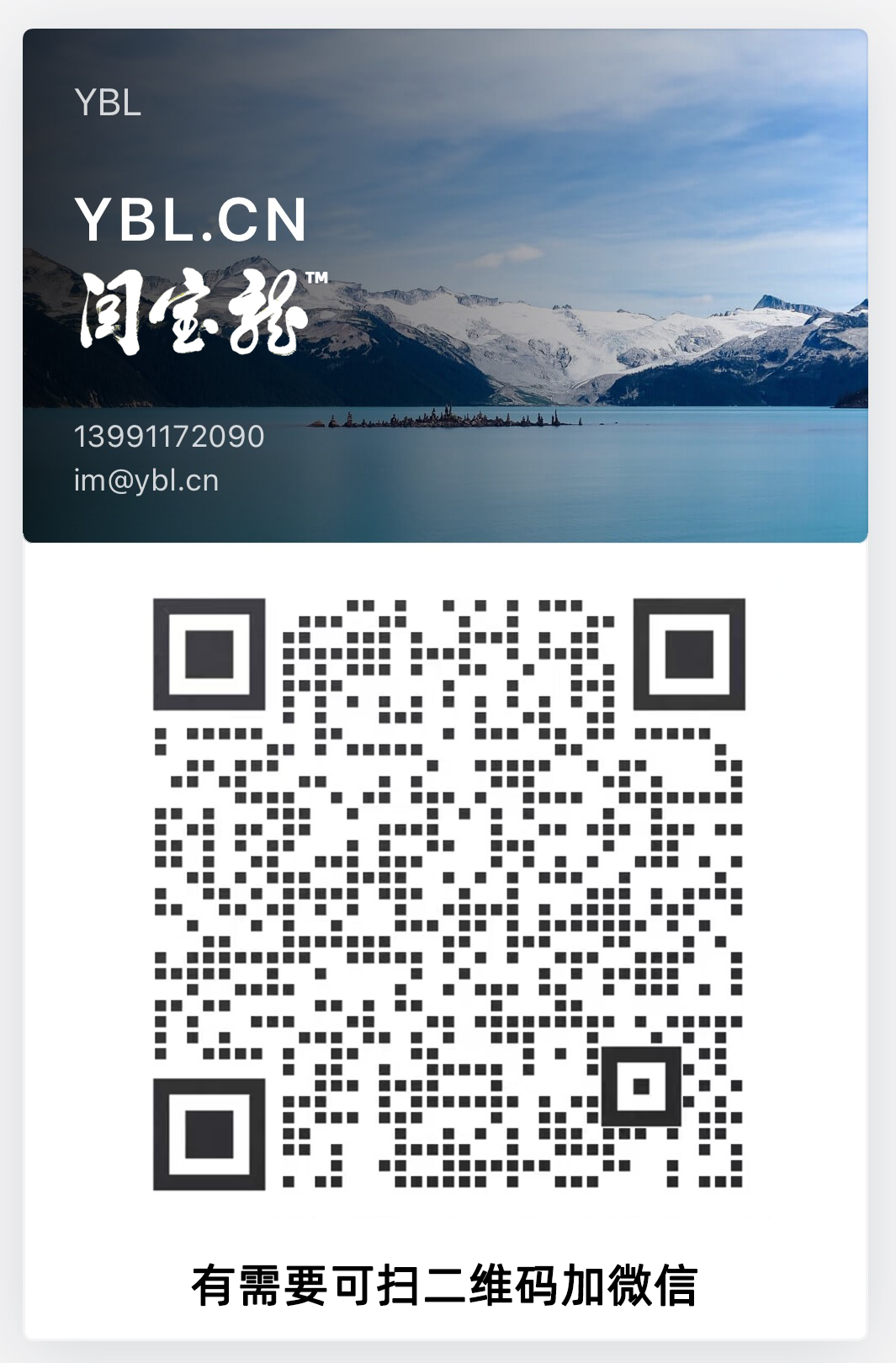闫宝龙博客
闫宝龙博客-专注SEO&SEM营销与短视频推广的实战专家

当前位置:首页 » 网络营销 » 正文
-
In today's digital age, the importance of English as a global language cannot be overstated. As businesses and individuals seek to expand their reach beyond their local markets, English overseas promotion has become a crucial strategy. This article delves into the various aspects of English overseas promotion, including the benefits, challenges, and effective tactics to maximize success in the international arena.
The first step in English overseas promotion is understanding the target audience. This involves conducting thorough market research to identify the preferences, needs, and cultural nuances of the intended audience. By tailoring the content and messaging to resonate with the local audience, businesses can establish a stronger connection and build trust.
One of the primary benefits of English overseas promotion is the ability to tap into a vast global market. English is the lingua franca of international business, science, technology, and entertainment. By promoting products or services in English, companies can reach a wider audience, including those who are native English speakers or those who have a proficiency in the language.
However, there are several challenges that come with English overseas promotion. One of the biggest challenges is the need for cultural adaptation. What works in one country may not necessarily work in another. Therefore, it is essential to localize content, ensuring that it aligns with the cultural values and norms of the target market.
Another challenge is the language barrier. While English is widely spoken, not everyone is fluent. This requires careful consideration of language levels and the use of clear, concise language that is accessible to all. Additionally, the translation of marketing materials must be accurate and culturally appropriate to avoid misunderstandings.
To effectively promote in English overseas, businesses should consider the following tactics:
1. Localization: Adapt marketing materials, including websites, social media content, and advertising campaigns, to suit the cultural preferences and language of the target market.
2. SEO Optimization: Utilize search engine optimization (SEO) techniques to ensure that content is easily discoverable by the target audience. This includes keyword research, on-page optimization, and link building.
3. Content Marketing: Develop high-quality, relevant content that engages the target audience. This can include blog posts, videos, infographics, and case studies.
4. Social Media Engagement: Leverage social media platforms to connect with the target audience. This involves creating engaging posts, participating in conversations, and running targeted ads.
5. Influencer Partnerships: Collaborate with local influencers who have a strong following and credibility in the target market. This can help amplify the reach and credibility of the brand.
6. Email Marketing: Build an email list and send targeted, personalized emails to nurture relationships with potential customers.
7. Online Advertising: Invest in online advertising campaigns, such as Google Ads and social media ads, to reach a broader audience.
8. Webinars and Online Events: Host webinars or online events to educate and engage the target audience, while also showcasing the brand's expertise.
9. Customer Reviews and Testimonials: Encourage satisfied customers to leave reviews and testimonials, which can be used in marketing materials to build trust and credibility.
10. Continuous Monitoring and Adaptation: Regularly monitor the performance of marketing efforts and be prepared to adapt strategies based on feedback and market trends.
In conclusion, English overseas promotion is a powerful tool for businesses looking to expand their global reach. By understanding the target audience, adapting to cultural nuances, and employing effective tactics, companies can successfully promote their products or services in the international market. It is a continuous process that requires dedication, creativity, and a willingness to learn and adapt. With the right approach, English overseas promotion can open doors to new opportunities and drive business growth on a global scale.
来源:闫宝龙(微信/QQ号:18097696),网站内容转载请保留出处和链接!
YBL.CN网站内容版权声明:
1,本站转载作品(包括论坛内容)出于传递更多信息之目的,不承担任何法律责任,如有侵权请联系管理员删除。
2,本站原创作品转载须注明“稿件来源”否则禁止转载! -
<< 上一篇 下一篇 >>
Global Outreach: Mastering English for International Marketing Success
62 人参与 2025年03月03日 18:54 分类 : 网络营销 评论
搜索
-
最近发表
标签列表
-
- 百度推广 (924)
- 外贸竞价推广 (284)
- 外贸网站的推广 (283)
- 外贸独立站推广 (284)
- 外贸如何做推广 (283)
- 外贸建站与推广 (283)
- 专业外贸网站推广团队 (285)
- 外贸推广网站有哪些 (285)
- 外贸推广如何做 (286)
- 怎样做好外贸网站推广 (284)
- 外贸网络推广平台 (286)
- 外贸的网络推广 (284)
- 外贸推广优化 (284)
- 外贸平台推广 (284)
- 如何进行外贸推广 (284)
- 外贸网络推广方案 (284)
- 外贸网站如何做推广 (284)
- 外贸推广怎么做 (285)
- 外贸网站制作推广 (286)
- 外贸公司推广方案 (286)
- 外贸网络推广营销 (284)
- 外贸网络推广 (286)
- 外贸的推广方式 (284)
- 外贸网站如何推广 (284)
- 外贸有哪些推广网站 (286)
最新留言
-
- AI写作质量:虽然AI技术在自然语言处理方面取得了显著进展,但目前的AI写作水平仍然有限。AI生成的内容可能缺乏创意、独特性和深度,这可能会影响网站的用户体验和搜索引擎排名。
- "遇事方知人,化事方鉴心"这句话表达了一个人在面对事情时才能真正了解另一个人的本质,以及在处理事情的过程中才能观察到一个人内心的品质。这句话强调了实践和经历在了解他人和检验自己品质方面的重要性。 从这个角度来看,这句话具有一定的现实意义。在日常生活中,我们往往通过与他人共事、合作或面对困难时的表现来判断一个人的性格、能力和价值观。同样,我们在处理事情的过程中,也能从自己的行为和决策中了解到自己的内心世界和价值观。 然而,这句话也存在一定的局限性。首先,它过于强调了事情对了解他人和自己的决定性作用,而忽略了其他途径,如沟通、观察和了解他人的历史经验等。其次,这句话可能过于悲观地看待人性,因为它暗示了只有在遇到问题时才能看清一个人的真面目。 总的来说,"遇事方知人,化事方鉴心"这句话在一定程度上反映了实践和经历对于了解他人和认识自己的重要性,但在应用时也应结合其他方法,以更全面地了解一个人。
- 魑魅魍魉是中国古代传说中的四种神秘生物,分别代表着不同的妖怪或鬼怪。这些词语通常用来形容各种邪恶、诡异的事物。 1. 魑(chī):据说是一种吃人的山神,形象为人脸、狮身、熊爪、蛇尾的怪物。也有人认为魑是指山林中的鬼怪。 2. 魅(mèi):指具有诱惑力的妖怪,通常以美丽女子的形象出现,以诱惑男子并吞食其精气。魅也可以指具有魔力的物品,如宝剑、古董等。 3. 魍(wǎng):一种水中的鬼怪,据说会引发洪水、潮汐等灾害。魍也可以指代邪恶的小人。 4. 魉(liǎng):一种土地之神,形象为人脸、鸟身、蛇尾的怪物。据说魍魉会给人带来疾病和灾难。 这四种神秘生物在中国传统文化中经常被用来象征邪恶、诡异的事物。在许多文学作品和民间传说中,魑魅魍魉都会以各种形式出现,给人们带来惊悚和恐惧。
- 骊山位于中国陕西省西安市临潼区,是秦岭山脉的一个支脉。骊山以其秀丽的风景和丰富的历史文化遗产而著名。春天的骊山更是美不胜收,万物复苏,生机盎然。
- 找到自己的人生价值观和目标需要时间和思考。以下是一些建议,可以帮助你在这个过程中找到方向: 1. 自我反思:花时间思考自己的兴趣、优点、弱点和经验。思考这些问题可以帮助你更好地了解自己:我真正喜欢做什么?我擅长什么?我在哪些方面需要改进? 2. 探索和学习:不断学习新知识和技能,尝试新的活动和经历。这将帮助你发现自己的热情和潜力。 3. 寻求灵感:阅读传记、观看纪录片或与成功人士交流,了解他们的价值观和目标。这可能会激发你的灵感,帮助你找到自己的方向。 4. 设定目标:为自己设定短期和长期目标,这将有助于你明确自己的价值观和目标。确保这些目标与你的价值观相符,并定期评估和调整它们。 5. 与他人交流:与亲朋好友、同事或导师分享你的想法和感受。他们可能会给你提供有价值的建议和反馈。 6. 写日记:将你的思考、感受和经历记录下来。这将帮助你更好地理解自己,并在回顾时发现潜在的价值观和目标。 7. 寻求专业帮助:如果你觉得难以确定自己的价值观和目标,可以寻求心理咨询师或职业顾问的帮助。他们可以提供专业的建议和指导。 最后,请记住,找到自己的人生价值观和目标是一个持续的过程。随着时间和经历的增长,你的价值观和目标可能会发生变化。保持开放的心态,勇于尝试新事物,相信你会找到属于自己的道路。
- YBL.CN域名是一个具有独特意义和价值的域名。其中,“YBL”是闫宝龙姓名的首字母缩写,而“.CN”代表中国,是中国的国家顶级域名。这一组合使得YBL.CN域名既具有个人特色,又体现了中国元素。对于闫宝龙而言,YBL.CN域名是他个人品牌的重要组成部分。这个域名不仅易于记忆和传播,还能有效地将闫宝龙的个人形象与专业领域相结合,提升其在网络上的知名度和影响力。通过YBL.CN这个域名,闫宝龙可以更好地展示自己的专业能力和个人魅力,吸引更多潜在的合作伙伴和客户。此外,YBL.CN域名的价值还体现在其稀缺性和市场潜力上。三字母的中文域名在市场上非常罕见,因此具有很高的投资价值和商业潜力。对于想要进入中国市场或者拓展中国业务的公司和个人而言,拥有一个像YBL.CN这样的优质域名无疑是一个巨大的优势。总的来说,YBL.CN域名是一个具有独特意义、高价值且易于记忆和传播的域名,对于闫宝龙个人品牌的推广和发展具有重要意义。
- 少写一个0
- 靠,这样子也可以呀,我们怎么没想到
- 这个效果好,我们也是做全国市场的,可以聊聊吗
- 你好,那么这个是怎么收费的啊,我也想做可以分期吗









